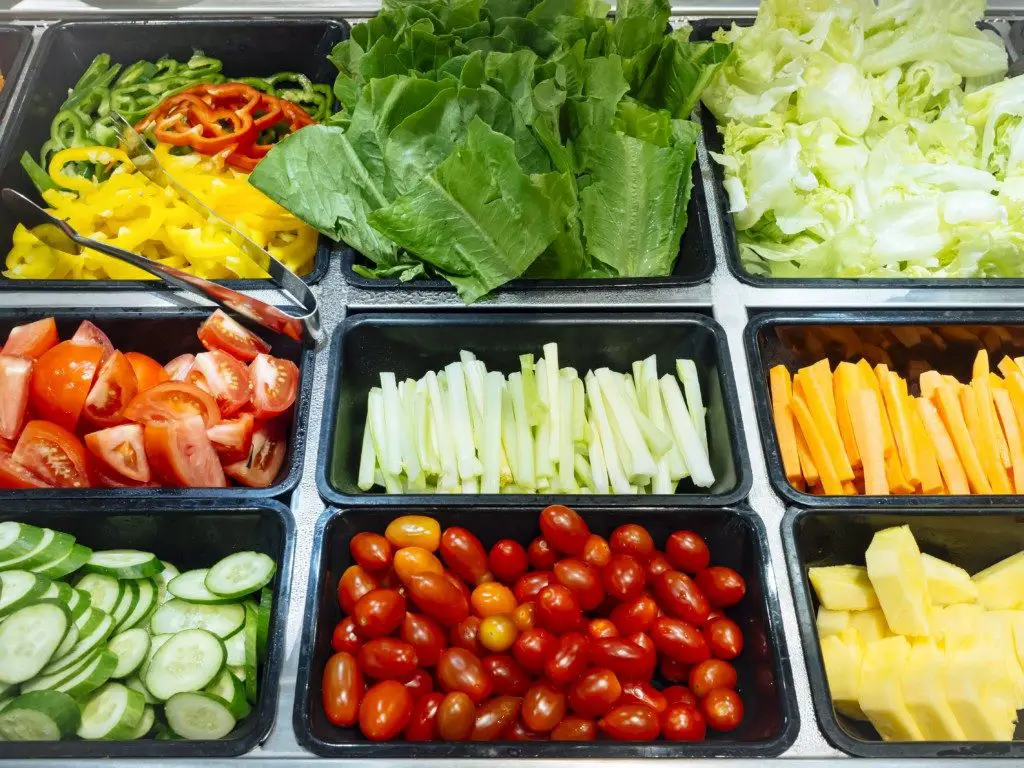Ah, the freshman fifteen.
Who hasn’t heard about this dreaded epidemic that plagues so many first-year college students? As despised as it is, the sudden weight gain becomes a reality for plenty of people. The unfortunate phenomenon is often caused by a combination of stress, easy access to junk food, lack of money to buy healthy groceries and less time to exercise.
Although some of these factors are outside of students’ control, there are some surprisingly easy ways to maintain a desirable BMI. Here are six of them.
1. Replace Soda with Water
Soda consumption is very common in North America, which contributes to the country’s high obesity rates, and can add to the infamous freshman fifteen. Just one twelve-ounce can of Coca-Cola contains thirty-nine grams of sugar, which is approximately ten teaspoons. Swap the soda for a glass of water, and that’s almost a fifth of a cup of sugar eliminated from your diet.
However, this doesn’t mean that you can never drink another drop of soda for the rest of your life. True, soft drinks shouldn’t be consumed on a regular basis, but, they can still be enjoyed in moderation.
2. Treat Yo Self!
This may sound contradictory to the first point, but let me explain. The phrase “treat yo self” implies that the act is occasional; what this means is to apply “treat yo self” logic to actual treats. Instead of having desserts simply because they’re available, have them as a reward, or save your calories for the best ones.
Also, “treat yo self” is a phrase that implies positivity. Sugary foods should be eaten during happy circumstances, such as dinner with friends or as a celebratory snack. Eating while under pressure only adds the fattening effects of sugar to the negative outcomes of stress.
In conclusion, a good way to limit sweet foods is by saving them for the sweet moments in life. They will taste much better when eaten during a joyous occasion, and not as your go-to snack.
3. Take Advantage of Salad Bars
If your campus has a salad bar, use it. Vegetables are essential for a person to maintain good health. They contain nutrients such as iron and antioxidants. Plus, with all that fiber, you’ll be crapping out the freshman fifteen. Jokes aside, the USDA recommends that college-age people get at least two of cups of veggies per day and more if possible, but, of course, this is difficult for most.
Yes, it is a well-known fact that vegetables are gross and only bearable when drenched in fattening and sugar-filled dressing, but there are other ways to eat them. For starters, a more nutritious salad dressing is balsamic vinegar and olive oil, which contains unsaturated fats and only eighty-six calories per three tablespoons.

To make the salad even tastier, add fruit or nuts. If this still sounds gross, or if condiments like this are unavailable, then at least try to have one vegetable per meal. Have it in a soup, plug your nose while eating so it doesn’t taste as bad, eat the veggie quickly and then eat something more appetizing immediately afterward; do whatever you need to do. Just eat something colorful.
Having a balanced diet will keep unwanted fat off your physique, but being physical will help burn unwanted calories. When the two are combined, it’s a surefire way to a healthier life.
4. Walk to Classes
This may not always be possible, depending on the size of your campus. However, even just ten minutes of walking per day can cut your risk of a heart attack in half, and burn up to one thousand extra calories per week. Also, walking is a great form of cardio, which is an exercise method known to lead to fat loss.
Unfortunately, classrooms are sometimes too far away from each other to always walk from period to period. Once you get the hang of your schedule, you’ll know when, or if, it is possible to leave early for a class. If the answer is yes, then travel to your classes on foot.
5. Plan Workouts Around Your Schedule
One of the most common excuses to skip workouts is a lack of time, but the solution is to just make time. Exercise does not have to take place during only one session; it can be broken up throughout the day.
Harvard Medical says that it is perfectly fine to do a half-hour fitness routine ten minutes at a time. Also, doing a light ten-minute workout in the morning helps the body wake up. Trust me, it’s how I made it to my 7:30 a.m. history class and never skipped. In fact, a short workout can be a good way to take an active study break.
6. Take Active Study Breaks
What is an active study break, one might ask? An active study break is an interval at which someone stops doing homework and only continues after completing a few minutes of physical activity. So, after about every paragraph of that essay, take a break to just move! Whether it’s you doing squats to your favorite Beyoncé song, or performing various exercises while watching a video your friend posted online, as long as it’s physical, it’s fine!
This tip can even go one step further, which is being active while studying. Easy exercises to do in front of a computer include lying leg curls, the butterfly stretch and a modified plank. Standing desks also help combat a sedentary lifestyle, but they can cost hundreds of dollars. Instead of unnecessarily spending money, just put your worksheets and/or laptop on top of books, boxes or whatever material is available. In fact, part of this article was written on top of a microwave that is stacked on a regular desk. Standing burns more calories than sitting, and also enables for more exercise. Some good standing desk exercises are calf raises and leg lifts.
These tips are only a few of the countless, manageable ways to maintain wellness and avoid the universally hated freshman ten. In time, these may even become second nature and make a vigorous lifestyle more attainable. Try them out!

















